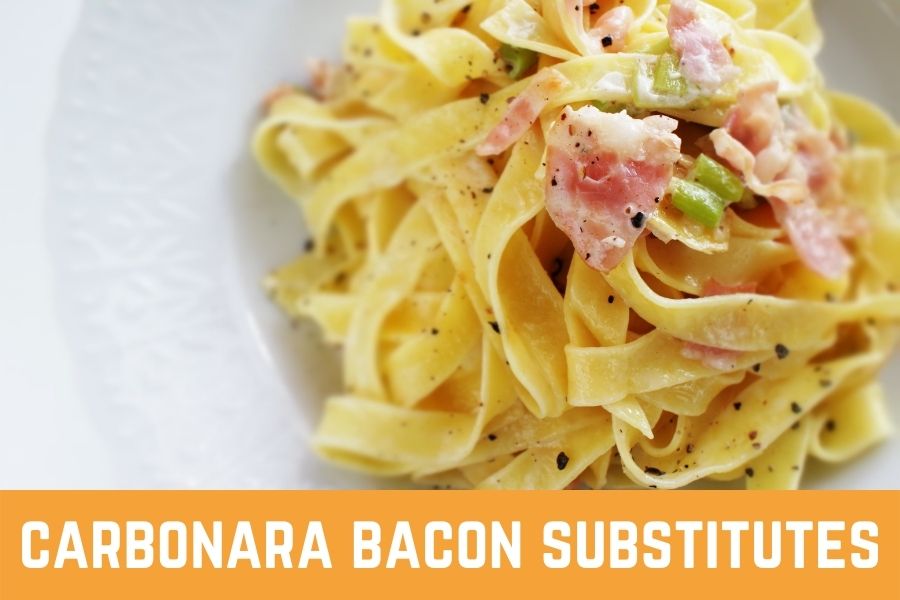Among pasta dishes, carbonara, with its thick and creamy richness of cheese and eggs, is a popular choice for both men and women of all ages.
The mellowness of carbonara is complemented by the punch of pepper and the saltiness of the bacon, giving it a deep flavor.
It’s easy to make with ingredients you have at home, so it’s not uncommon to come up with an idea and when you’re ready to make it, you find yourself saying, I don’t have any bacon.
Oh no! I don’t have any bacon. What should I do?😭😭😭
In this article, I would like to introduce you to a substitute for bacon in carbonara.
If you have any questions, please feel free to ask.
Why does bacon go well with carbonara?
Bacon is the fatty belly part of pork that is salted and smoked.
It is an easy and convenient processed meat that can be easily combined with various dishes since its texture can be changed depending on how it is cooked, such as crispy or crispy with a moist texture.
When bacon is cooked, the fat melts away, adding richness and umami to the dish. The smoked flavor also transfers to the dish, adding depth to the taste.
The bacon in carbonara has a moderate saltiness and can be used as a break from the chopsticks, so picking it up in the middle of the dish is an important point to keep the taste of carbonara from getting boring.
Also, the saltiness and fat of the bacon mix with the water in the pasta, adding depth to the flavor and acting like soup stock.
Points to consider when choosing a bacon substitute
When choosing a substitute, it is best to choose one that is “salty and fatty and acts like a soup stock,” like bacon.
If you don’t have all the requirements, you can still add salt or make separate soup stock and add it.
That way, even if the ingredients are bland compared to bacon, you can add richness and umami by combining the seasonings.
One more thing. The key to substitution is to choose something that goes well with cheese, which is the main ingredient of carbonara.
You can substitute many things as long as they look good together.
For cooking methods, refer to the following and decide what to substitute!
7 substitutes for bacon in carbonara
1) Wiener (sausage)

The term “sausage” is used to refer to all food stuffed with intestines. Among them, there are frankfurters and bologna sausages as well as sausages. Any of them can be substituted in the same way.
The characteristic of sausage is that it contains pork fat, which melts into a juicy gravy when heated.
This adds umami and richness, and the surface becomes crispy and fragrant when grilled.
It is best to cut the meat diagonally into thin slices and grill it until it browns to bring out the best flavor.
Many products are sold smoked, so like bacon, the savory aroma transfers to the pasta, making it more flavorful.
These elements bring a fresh texture to the pasta and add depth to the flavor.
The sausage has a salty flavor on its own, so no seasoning is needed.
2) Pancetta (cured ham)
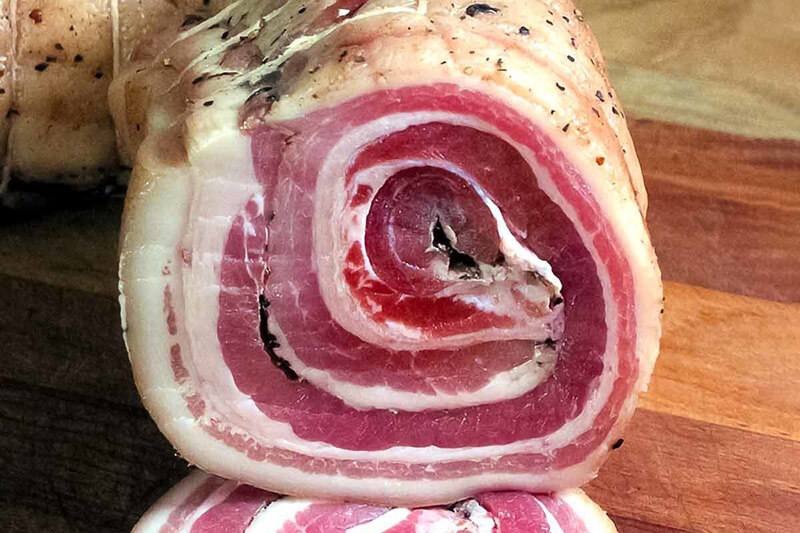
Pancetta is processed meat made from a salted pork belly that has been dried and then cured.
It is also called “cured bacon” because it is not heated. In Italy, the home of pasta, pancetta is used in carbonara instead of bacon.
The process of salting and curing the pork belly is the same as that of bacon, but unlike bacon, pancetta is not smoked.
If you want to use it as a substitute, you can use it raw or slowly sauté it to bring out its umami flavor, add a little water to it and use it as a soup stock, and let it soak into the pasta to make it taste much closer to bacon.
3) Ham
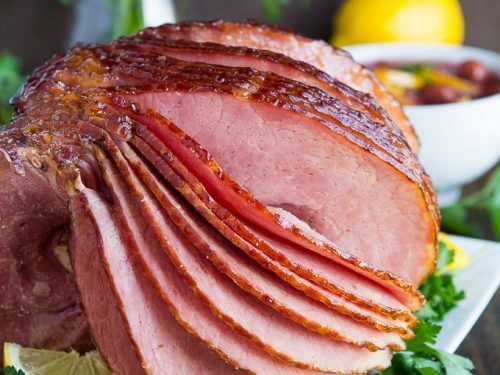
While bacon is made from pork belly, ham can be made from various parts of the body, but basically, thigh meat is the most common.
It is made by salting and curing a lump of pork, smoking it, tying it with string or octopus thread, and then boiling and cooling it.
It contains less fat than bacon and has a moist texture, so it can be added uncooked to carbonara to give it a light umami taste.
To add more richness, you can cut it into dice or slice it into 2cm slices and sauté it slowly in butter or olive oil to make a carbonara with a flavor similar to bacon.
4) Canned Tuna
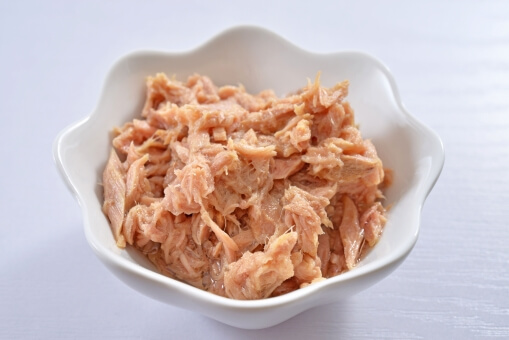
When using canned tuna as a substitute, use it as is without heating.
The oil in the canned tuna soaks up the nutrients and umami of the ingredients, so don’t throw it away.
The saltiness of canned tuna is not strong, so adding a little salt will enhance the flavor. The tuna itself has a light flavor, so it blends well with the cheese in carbonara.
To use, break an egg into a large bowl, add the canned tuna, cheese, and salt, and mix.
This becomes the sauce as it is, so all you have to do is quickly drain the boiled pasta water (the key is not to drain too much) and add it to the sauce bowl.
Mix as quickly as possible to emulsify the oil from the canned tuna and the water from the pasta, which will make it smooth to the touch and give the whole dish a rich flavor.
5) Salami
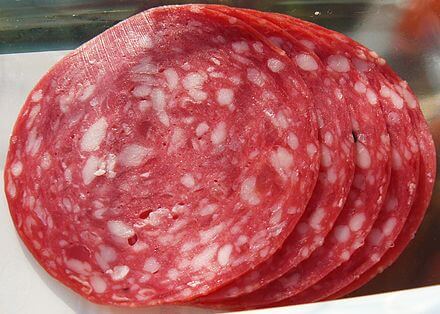
Salami is made from ground beef or pork, mixed with seasonings, spices, and lard, and then dried and aged for 60 to 90 days without heating.
It has a strong flavor and is often used as a topping for pizza and pasta.
It is often used as a topping for pizza and pasta. For carbonara, slice it thinly or finely.
Similar to salami is “calpas”.
It is also made from ground pork, beef or chicken, and is processed in the same way as salami, but has a softer texture than salami due to its higher water content.
Both contain lard, which makes them very satisfying to eat, and the strong saltiness and spices add a nice punch and texture to the mild carbonara.
6) Pork
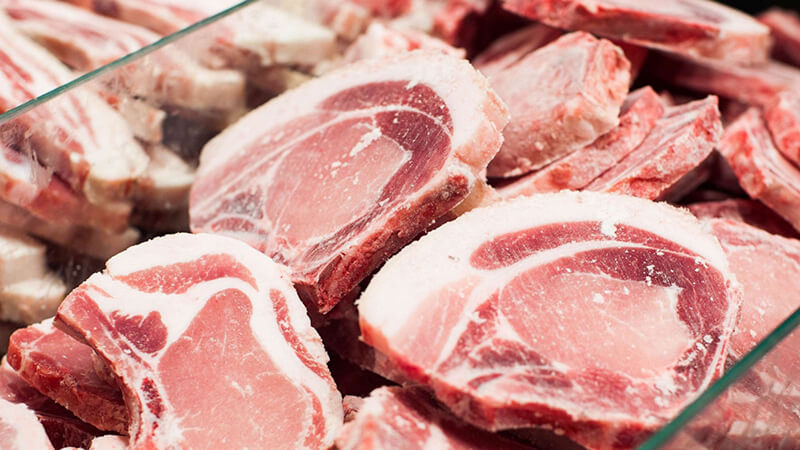
If you use pork, buy a chunk of pork belly and cut it into 1 cm square sticks for a better appearance and flavor.
If you don’t want to use chunks of meat, you can also use thin slices or thin slices, although they will not look as good.
The result will be similar to pancetta.
To make it more like bacon, season the pork only with salt.
First, cut it into sticks, sprinkle with a good amount of salt, and let it sit for about 30 minutes. Cook it in a pan with a little olive oil until crispy, and then mix well with the oil, a little boiled pasta water, and the cooked pasta.
Add the pre-mixed egg and cheese to the pasta and mix well.
The pork can also be seasoned with soy sauce to create a Japanese flavor, or arranged to your liking.
7) Fish sausage
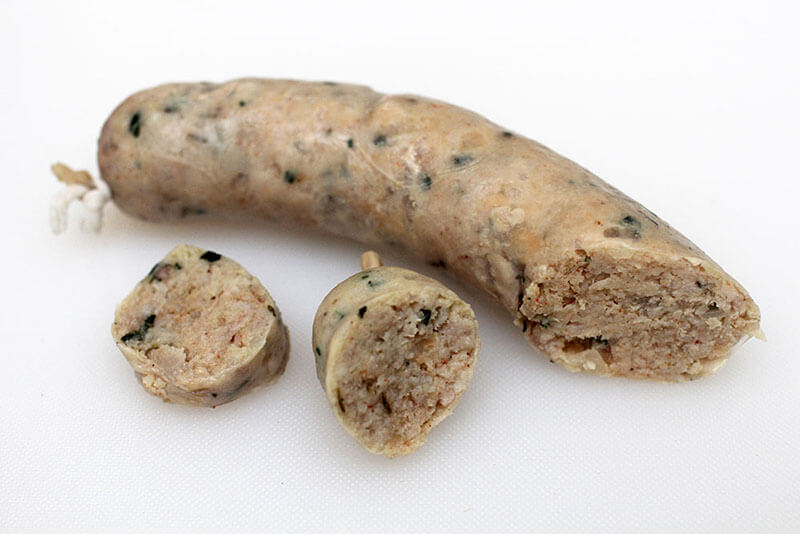
Although fish sausage has an inherent salty taste, it may seem a bit bland and fatty compared to bacon.
Therefore, in order to bring out the umami and make it juicy, you can cook it with lard to make it crispy, which will bring the taste closer to bacon.
Place the thinly sliced fish sausage in a pan heated with lard and cook it slowly.
Season with a little salt and black pepper to taste, and add a little of the pasta cooking water when it starts to brown. When the pasta is cooked, add a little of the pasta cooking water.
Mix in the boiling water to create a broth that is infused with the umami flavor of the fish sausage, and then add the boiled pasta.
Where the pasta has absorbed the broth well, let’s toss in the egg and cheese.
Conclusion
- The role of bacon in carbonara is to change the texture and taste of the chopstick rest element, and the salty and umami taste of bacon is dissolved in the sauce, which deepens the flavor of carbonara.
- It also brings out the smoky flavor of the pasta and also makes it look more colorful.
- A good substitute for bacon is an ingredient that also has a salty and umami taste.
- We recommend the following 7 substitutes for bacon in carbonara. [Sausage, pancetta, ham, canned tuna, salami, pork, and fish sausage]
